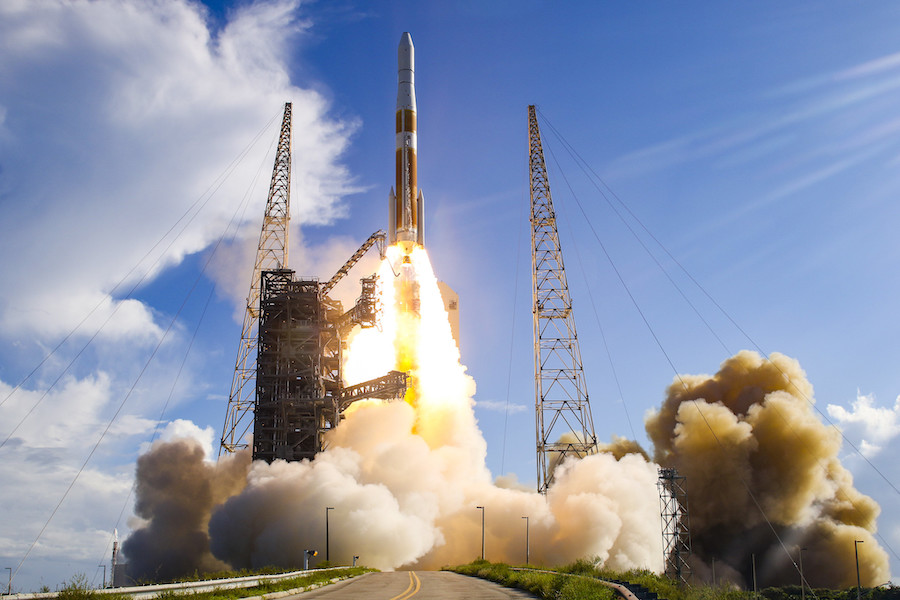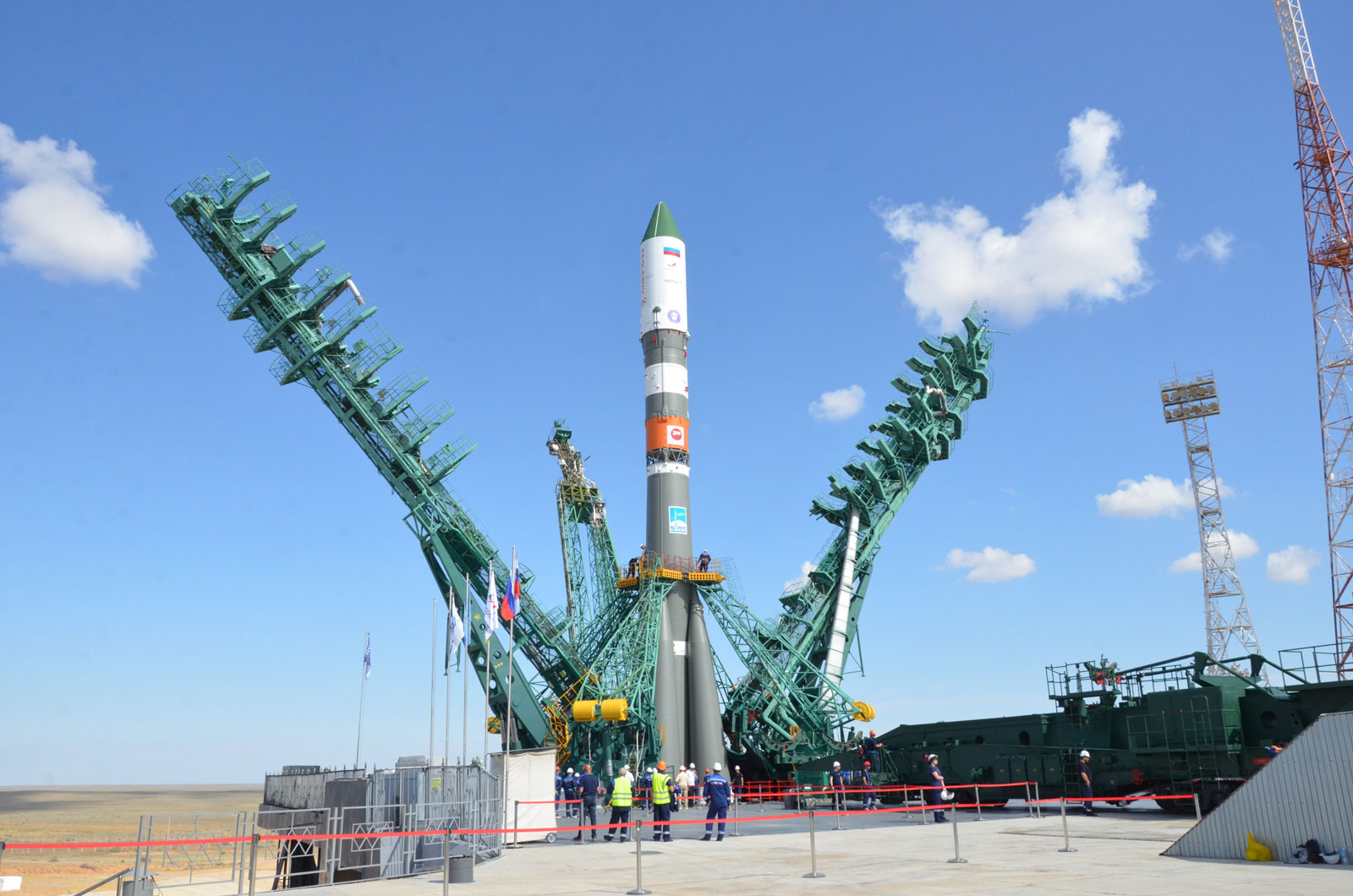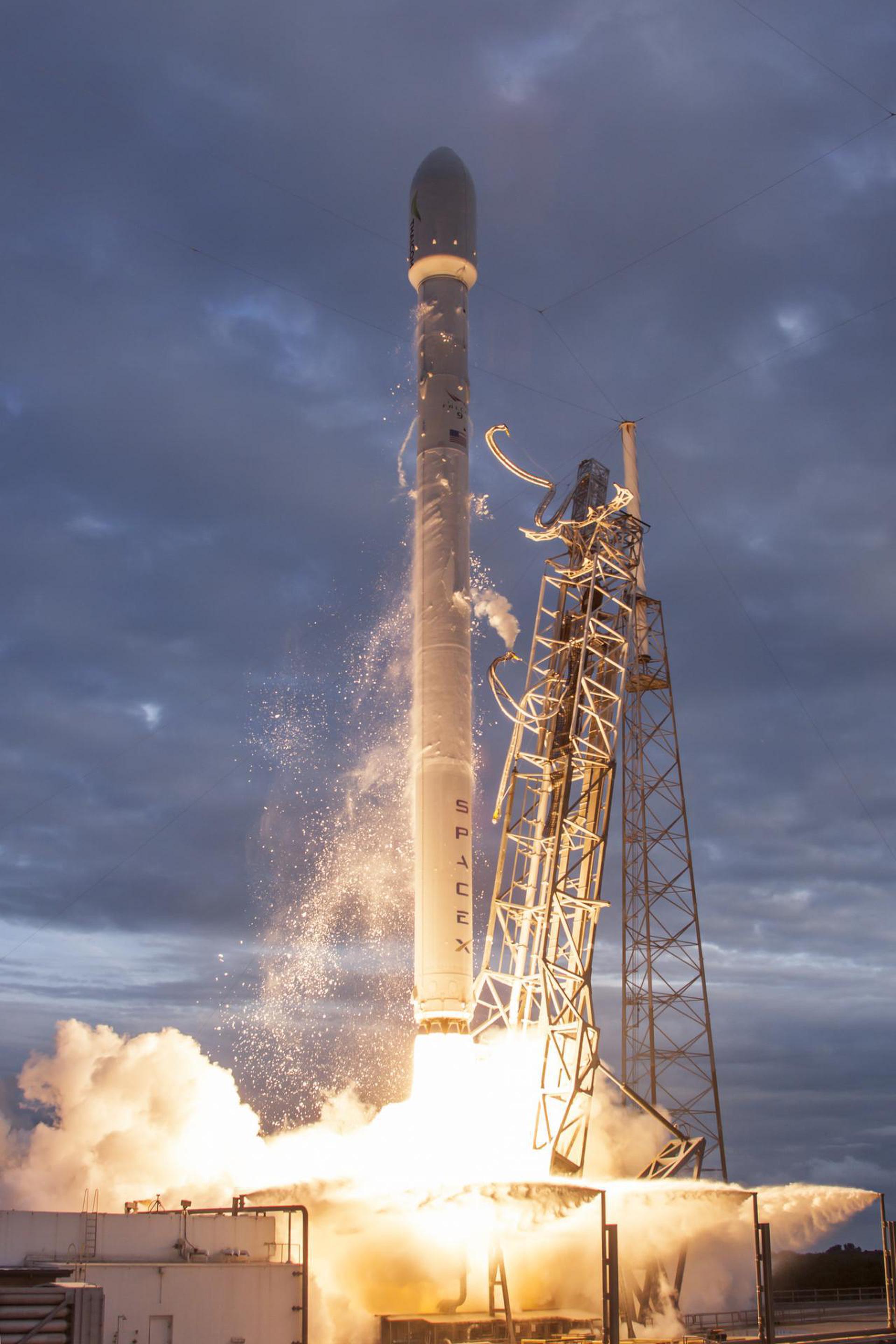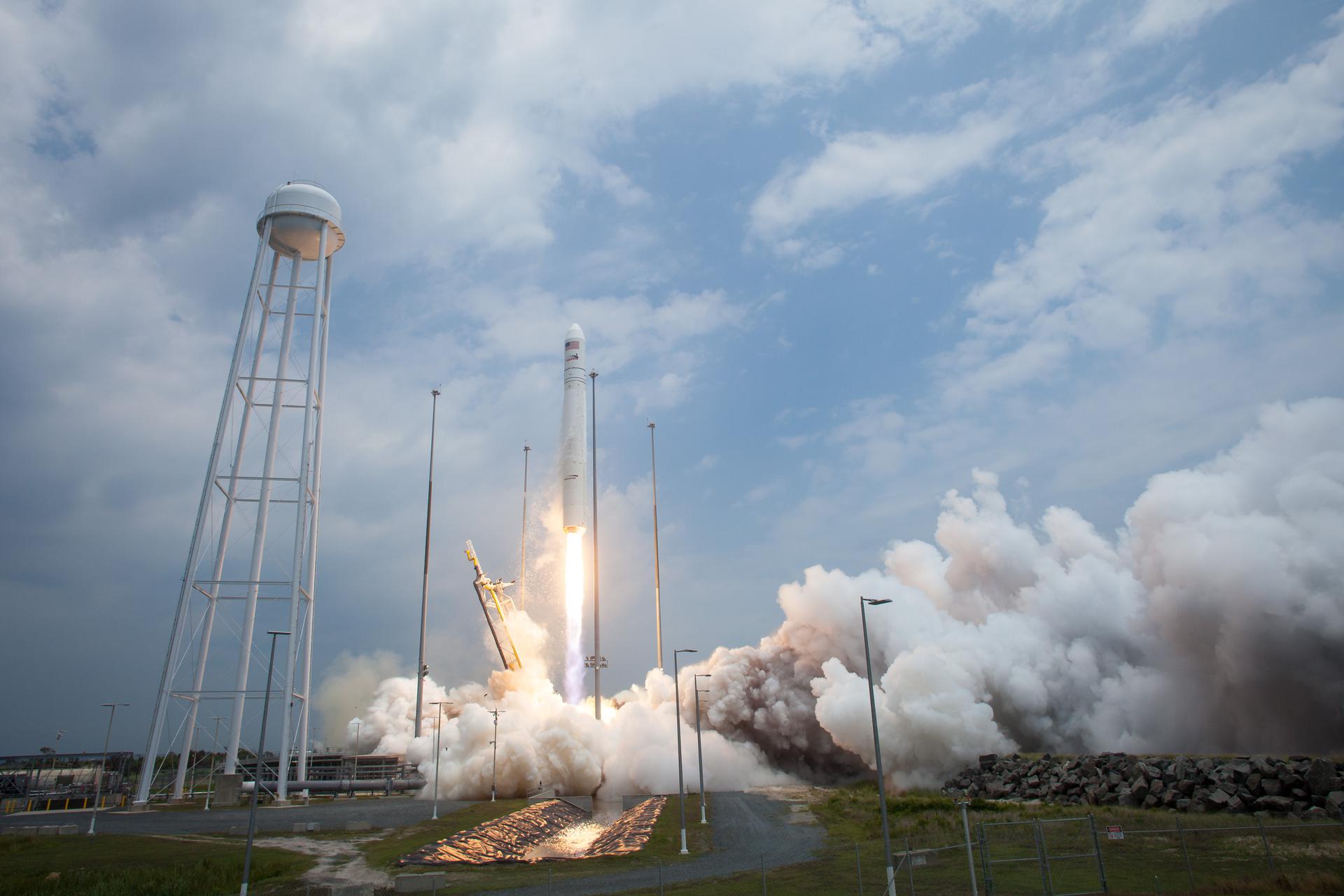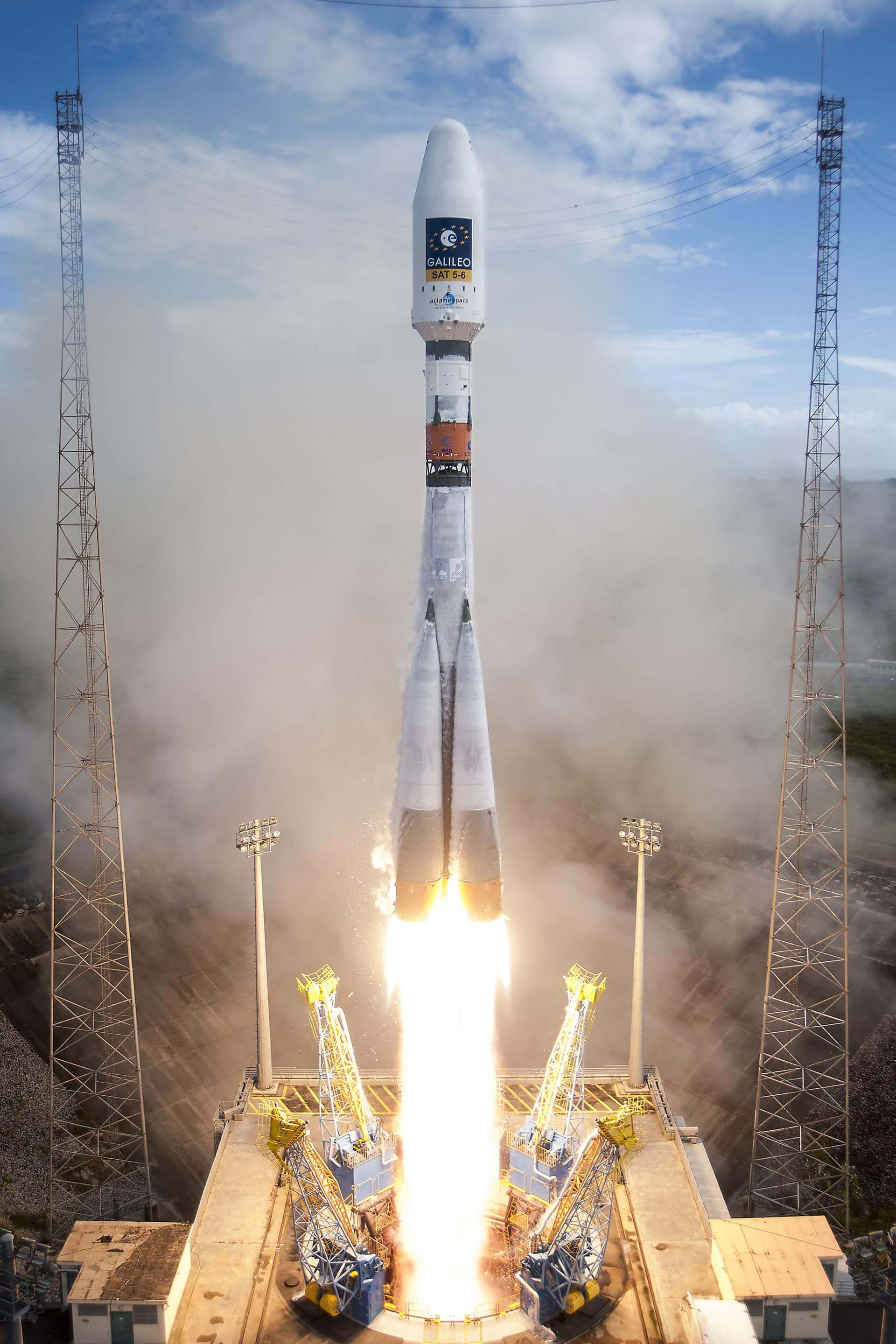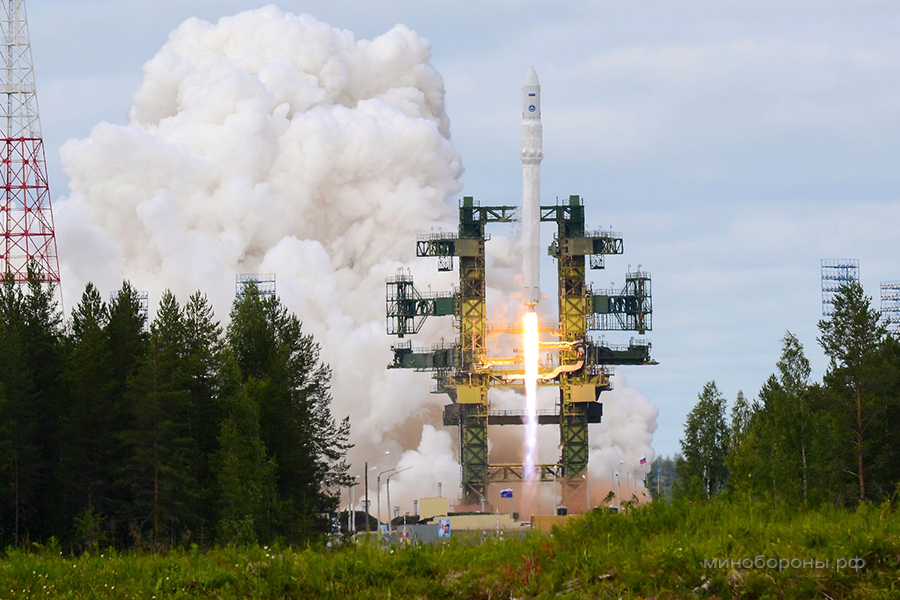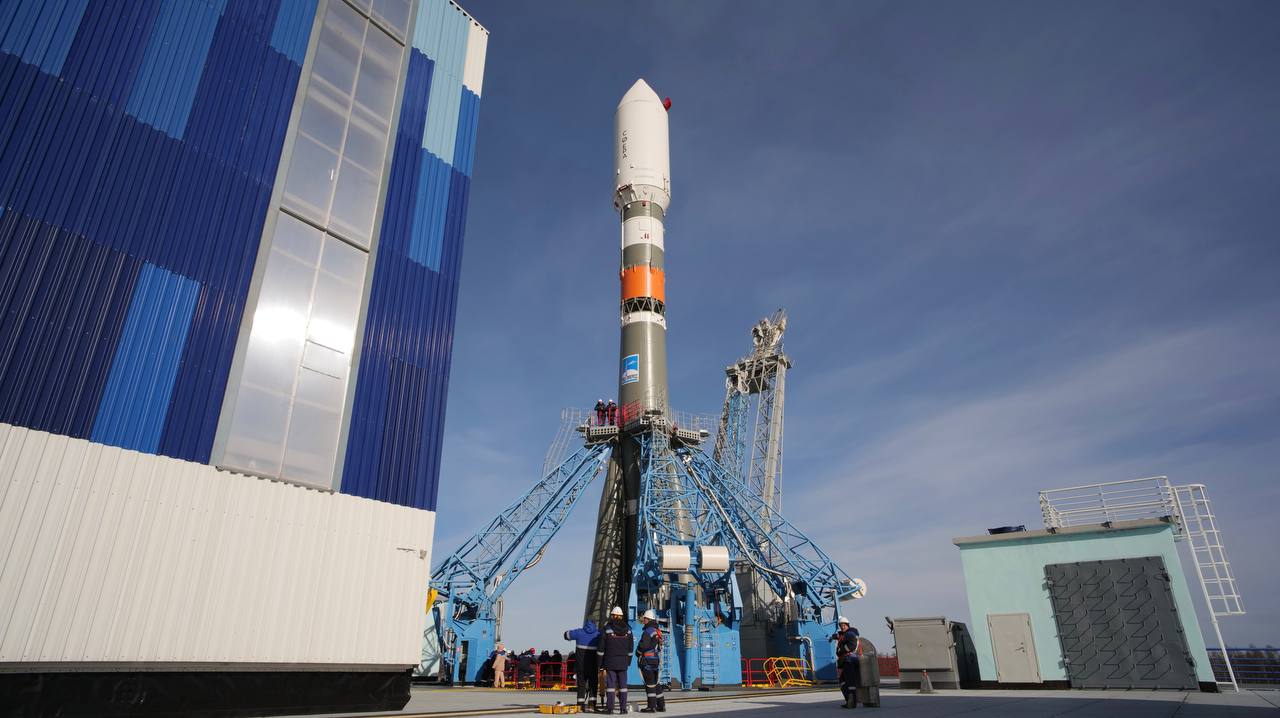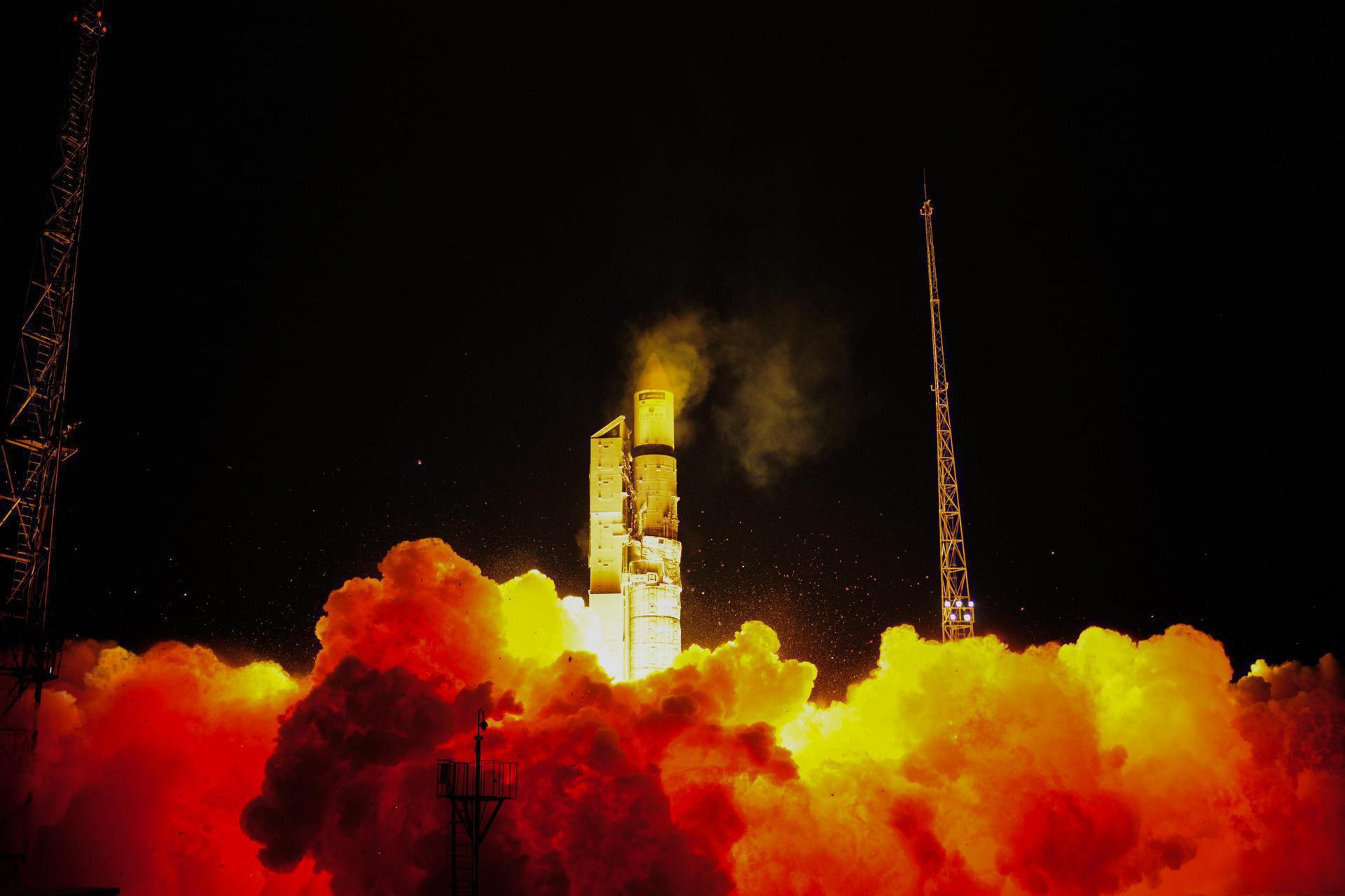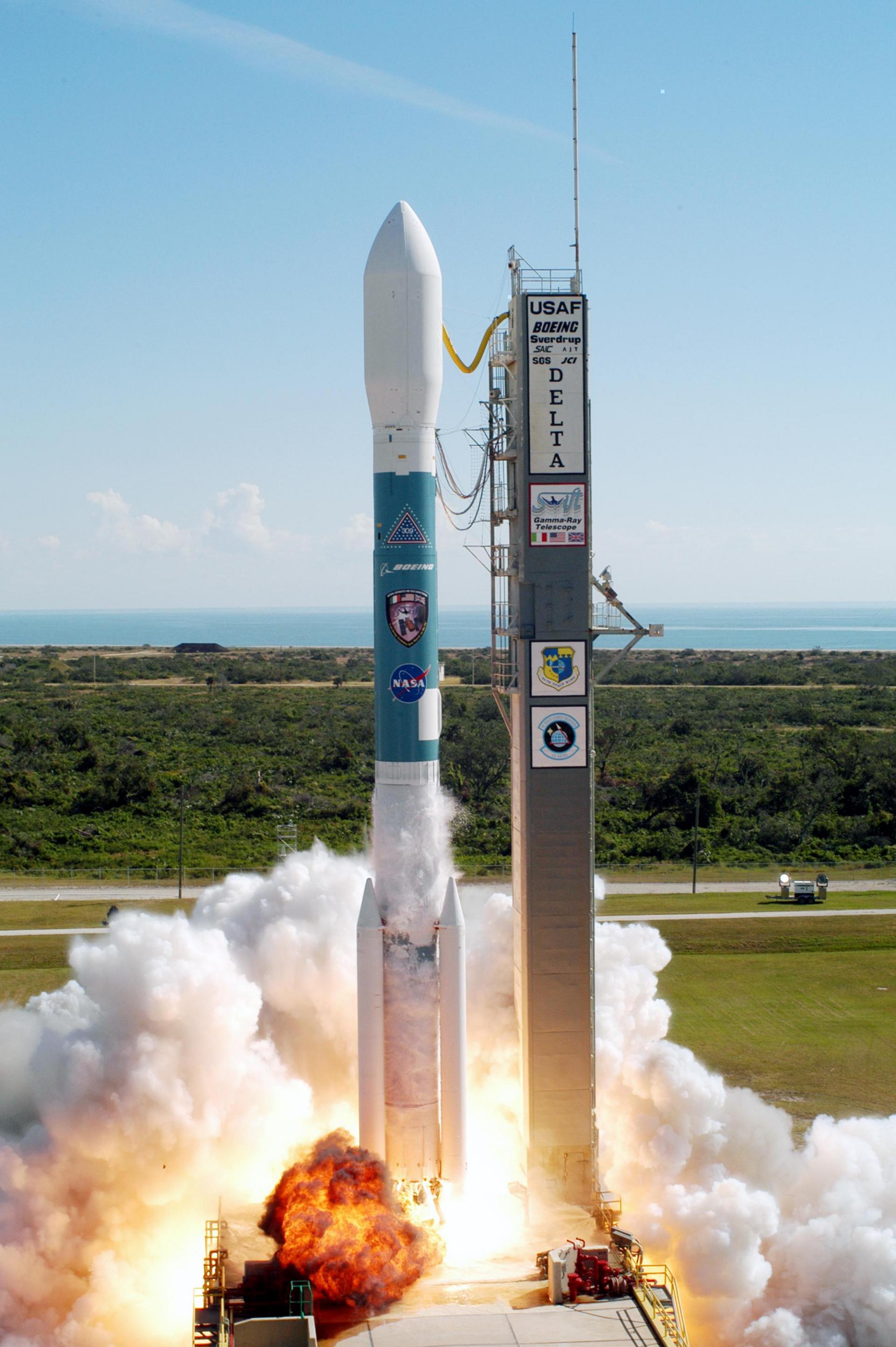Previous Spaceflight Launches
Filter by Agency, Locations or Vehicles
Show All LaunchesDelta IV M+(4,2) | AFSPC-4
United Launch Alliance | United States of AmericaCape Canaveral SFS, FL, USA
July 28, 2014, 11:28 p.m.
Soyuz-U | Progress M-24M (56P)
Russian Federal Space Agency (ROSCOSMOS) | RussiaBaikonur Cosmodrome, Republic of Kazakhstan
July 23, 2014, 9:44 p.m.
Soyuz 2.1a | Foton-M No. 4
Progress Rocket Space Center | RussiaBaikonur Cosmodrome, Republic of Kazakhstan
July 18, 2014, 8:50 p.m.
Falcon 9 v1.1 | Orbcomm OG2 Mission 1
SpaceX | United States of AmericaCape Canaveral SFS, FL, USA
July 14, 2014, 3:15 p.m.
Status: Launch Successful
Mission:
In this flight, the Falcon 9 rocket will deliver the first six of a series of next generation OG2 satellites to an elliptical 750 x 615 km low-Earth orbit. The OG2 satellites are commercial telecommunications satellites, built by Sierra Nevada Corporation and weigh approximately 170 kg each.
Low Earth Orbit B1007 - Maiden Flight Atlantic OceanAntares 120 | Cygnus CRS Orb-2 (S.S. Janice Voss)
Orbital Sciences Corporation | United States of AmericaWallops Flight Facility, Virginia, USA
July 13, 2014, 4:52 p.m.
Soyuz STB/Fregat | O3b FM3, FM6-FM8
Progress Rocket Space Center | RussiaGuiana Space Centre, French Guiana
July 10, 2014, 6:55 p.m.
Angara-1.2pp | Maiden flight (Suborbital)
Khrunichev State Research and Production Space Center | RussiaPlesetsk Cosmodrome, Russian Federation
July 9, 2014, noon
Soyuz-2.1b/Fregat | Meteor-M No.2, MKA-PN2, DX-1, UKube-1, TechDemoSat-1, SkySat-2, AISSat-2
Progress Rocket Space Center | RussiaBaikonur Cosmodrome, Republic of Kazakhstan
July 8, 2014, 3:58 p.m.
Rokot / Briz-KM | Gonets-M18, Gonets-M19, Gonets-M20
Russian Aerospace Defence Forces | RussiaPlesetsk Cosmodrome, Russian Federation
July 3, 2014, 12:43 p.m.
Status: Launch Successful
Mission:
Gonets-M are an upgraded version of Gonets satellites, derived from military communications system Strela-3. Gonets-M constellation is tasked with monitoring ecological and industrial objects, providing communication and data transmission services, covering also the remote areas like the Far North region.
Low Earth OrbitDelta II 7320-10C | OCO-2
United Launch Alliance | United States of AmericaVandenberg SFB, CA, USA
July 2, 2014, 9:56 a.m.
